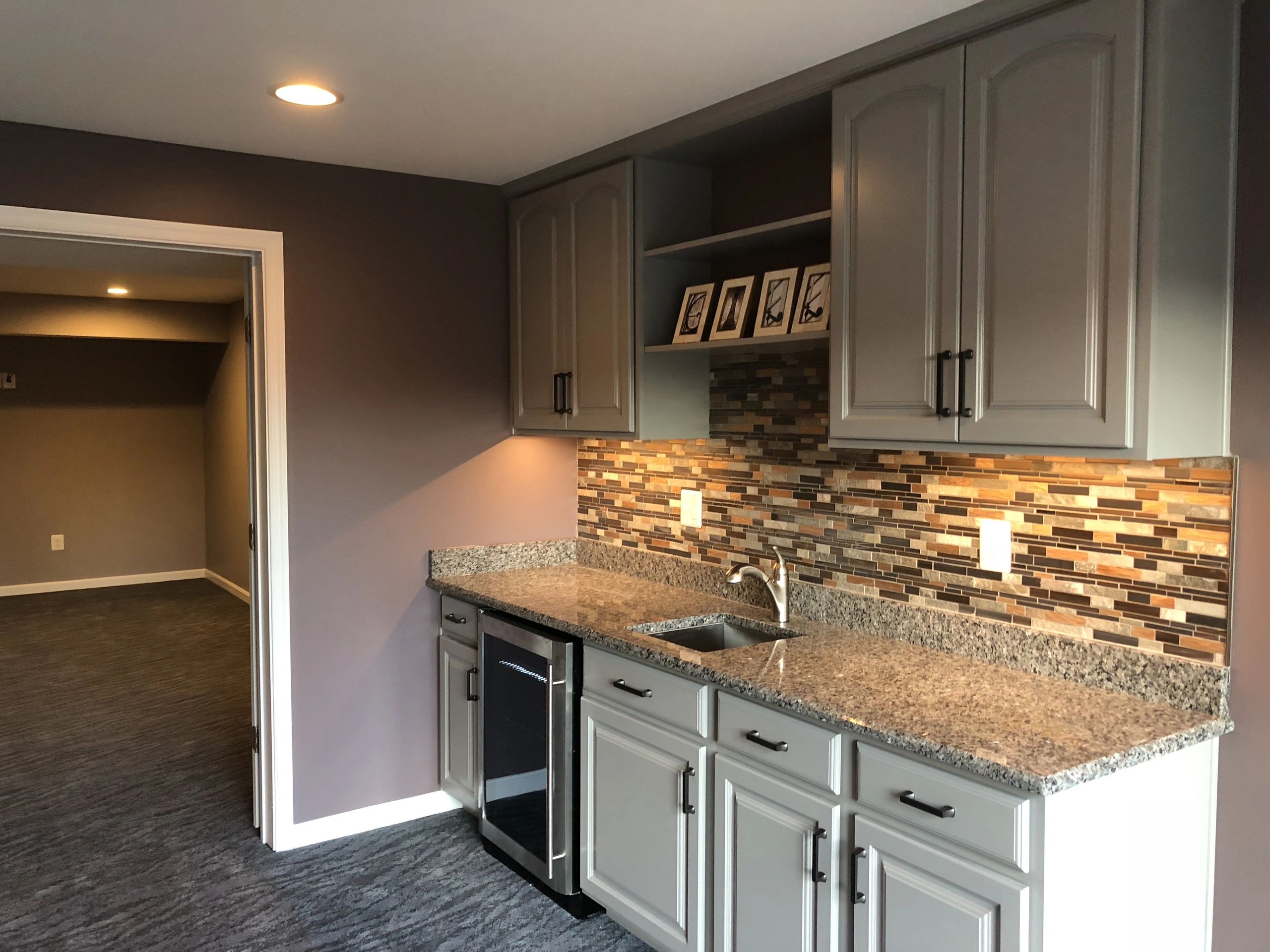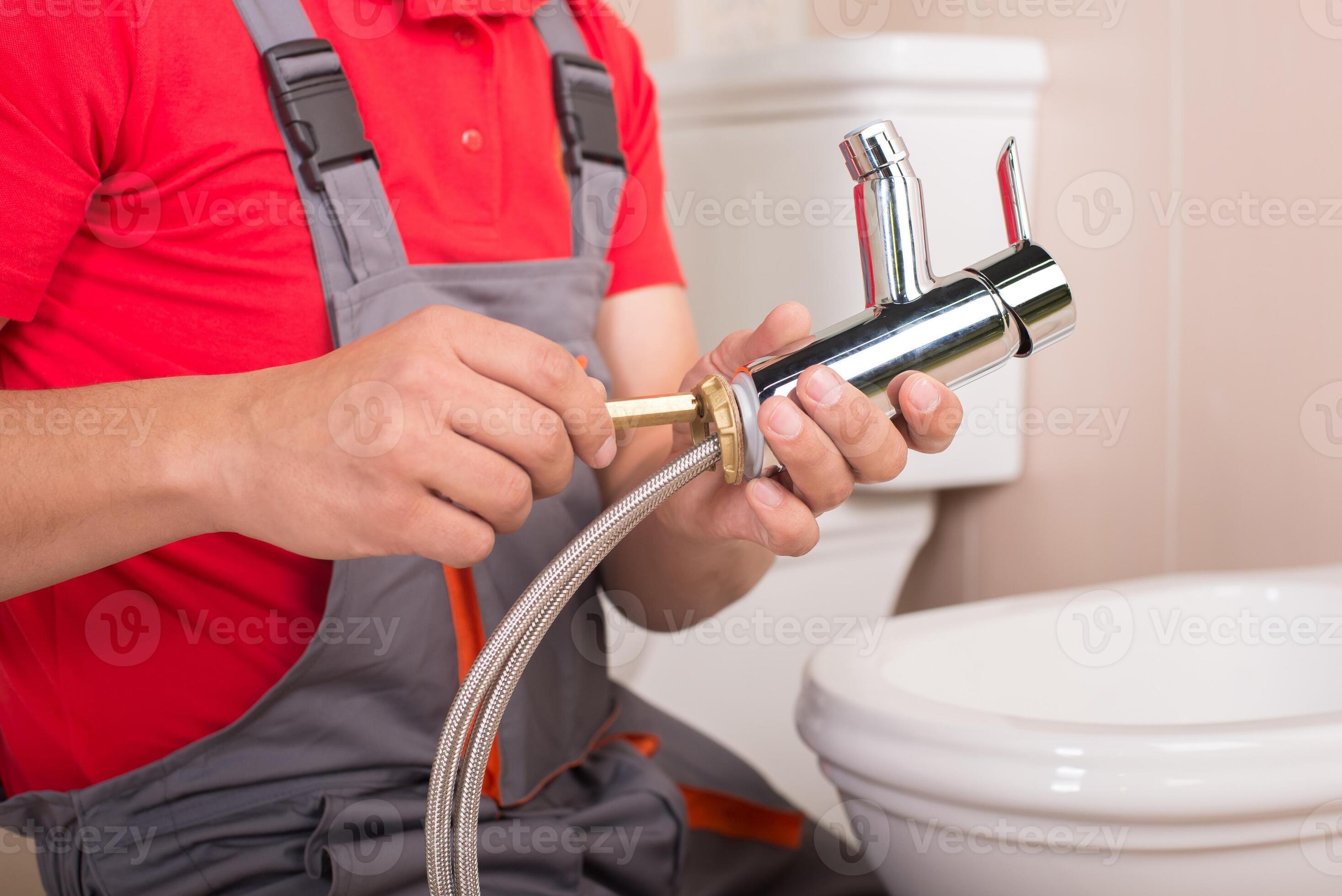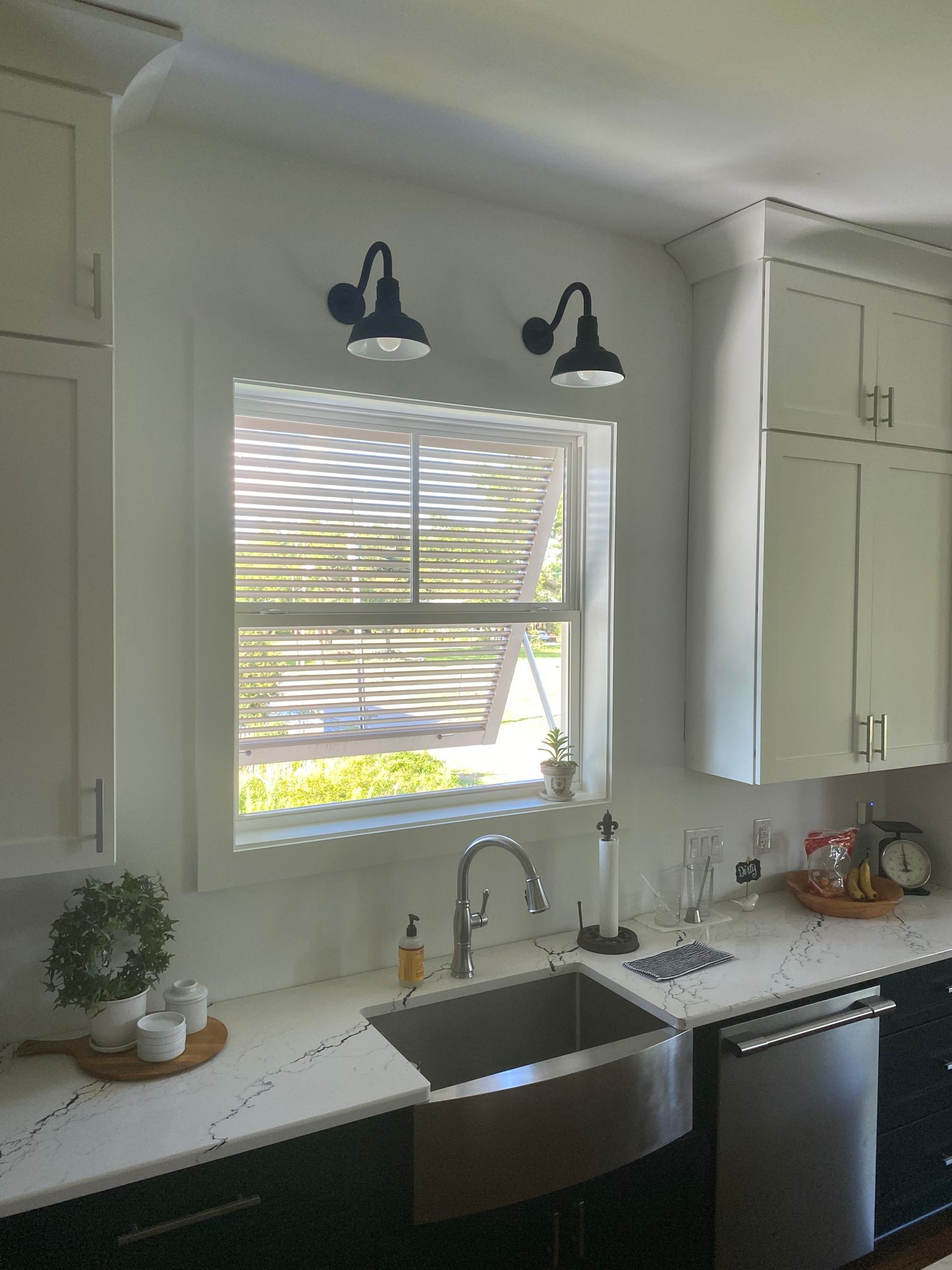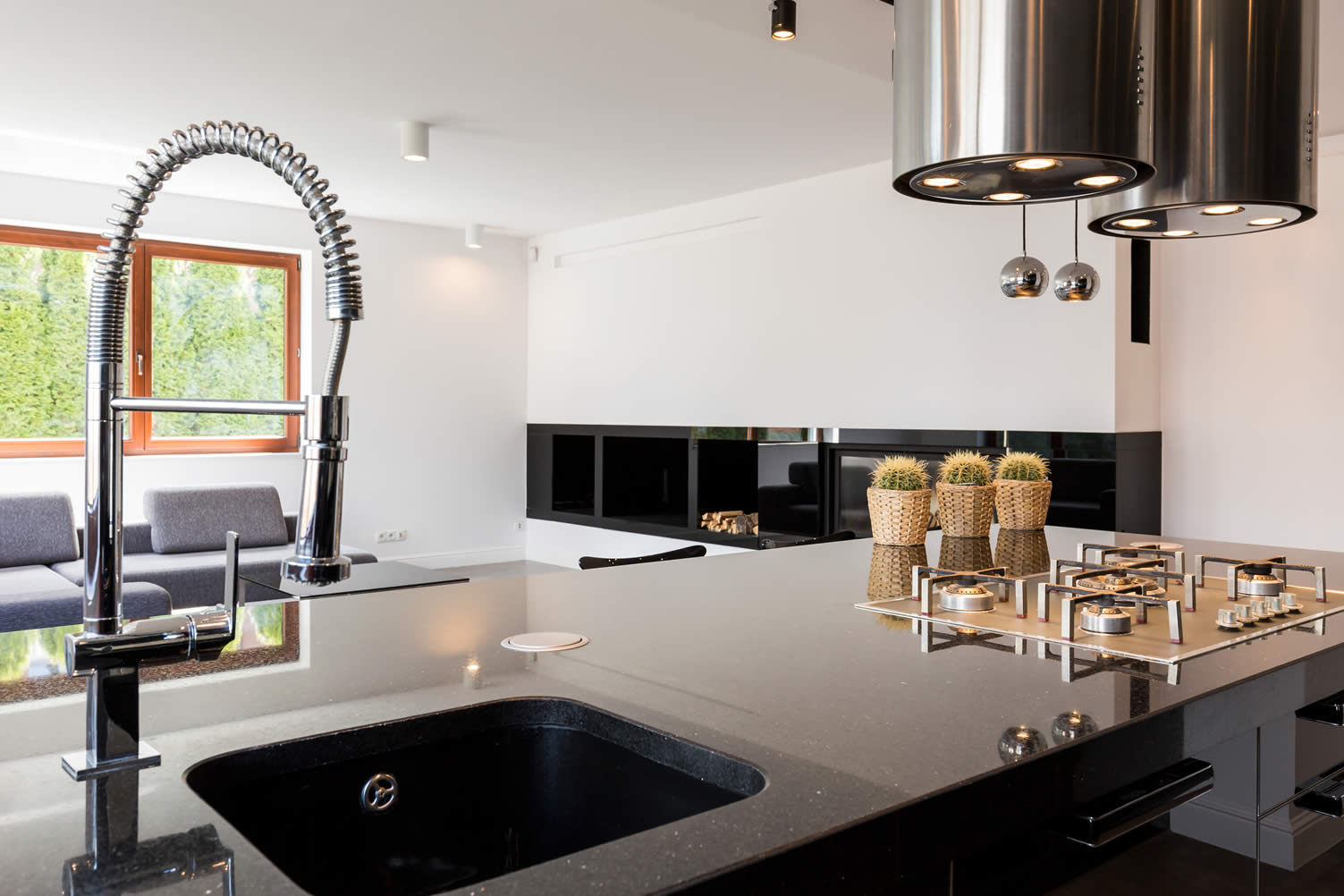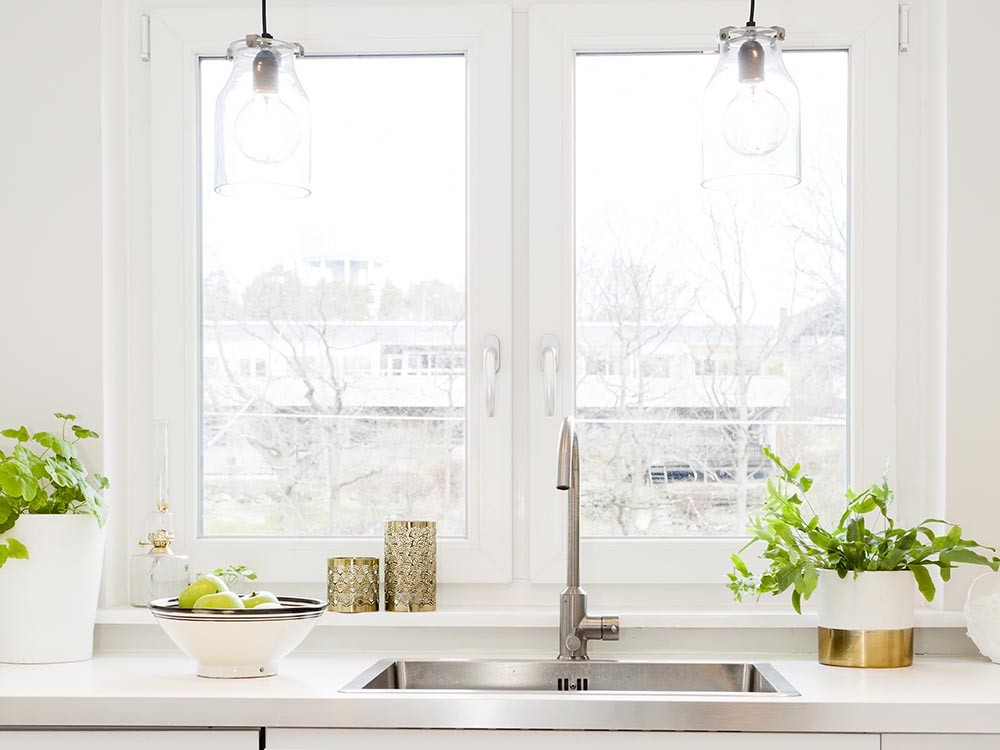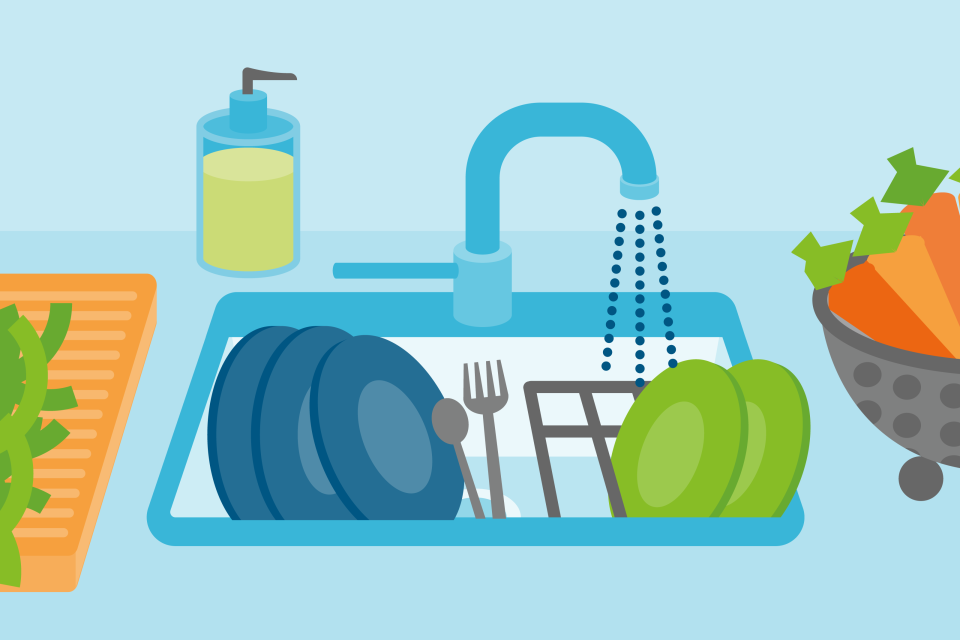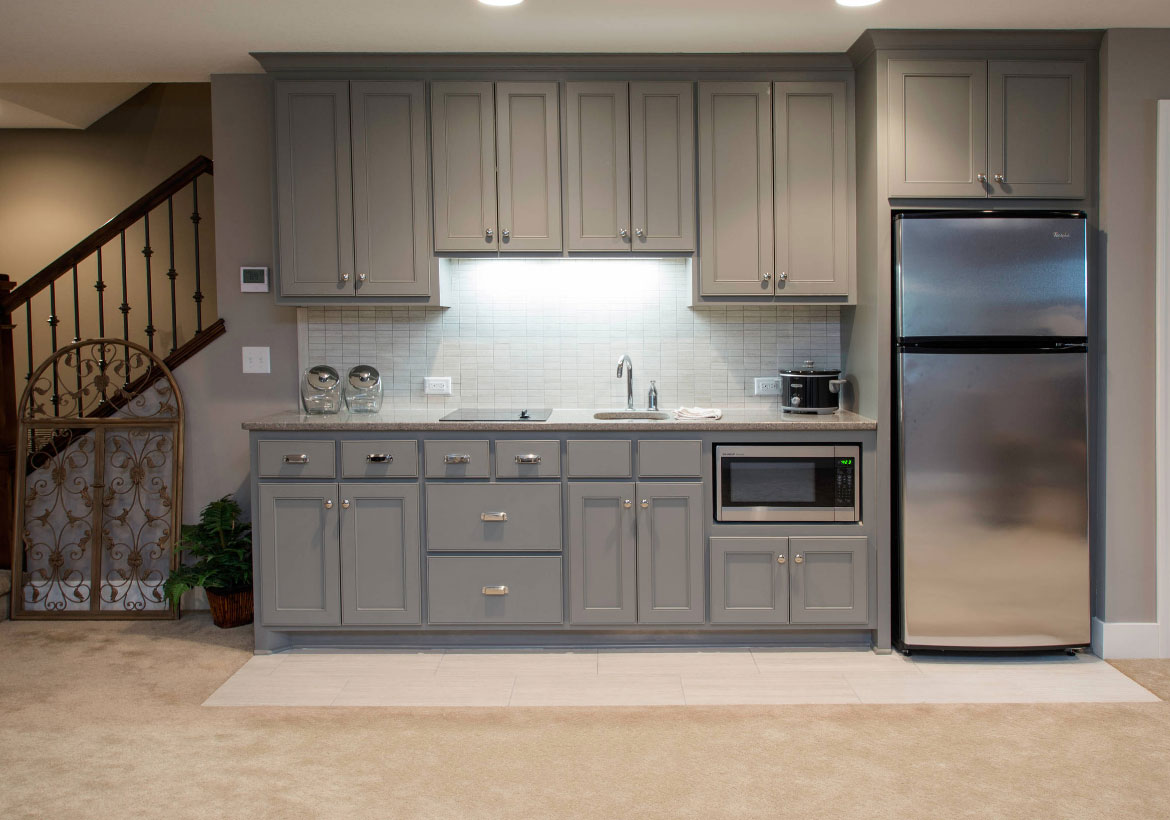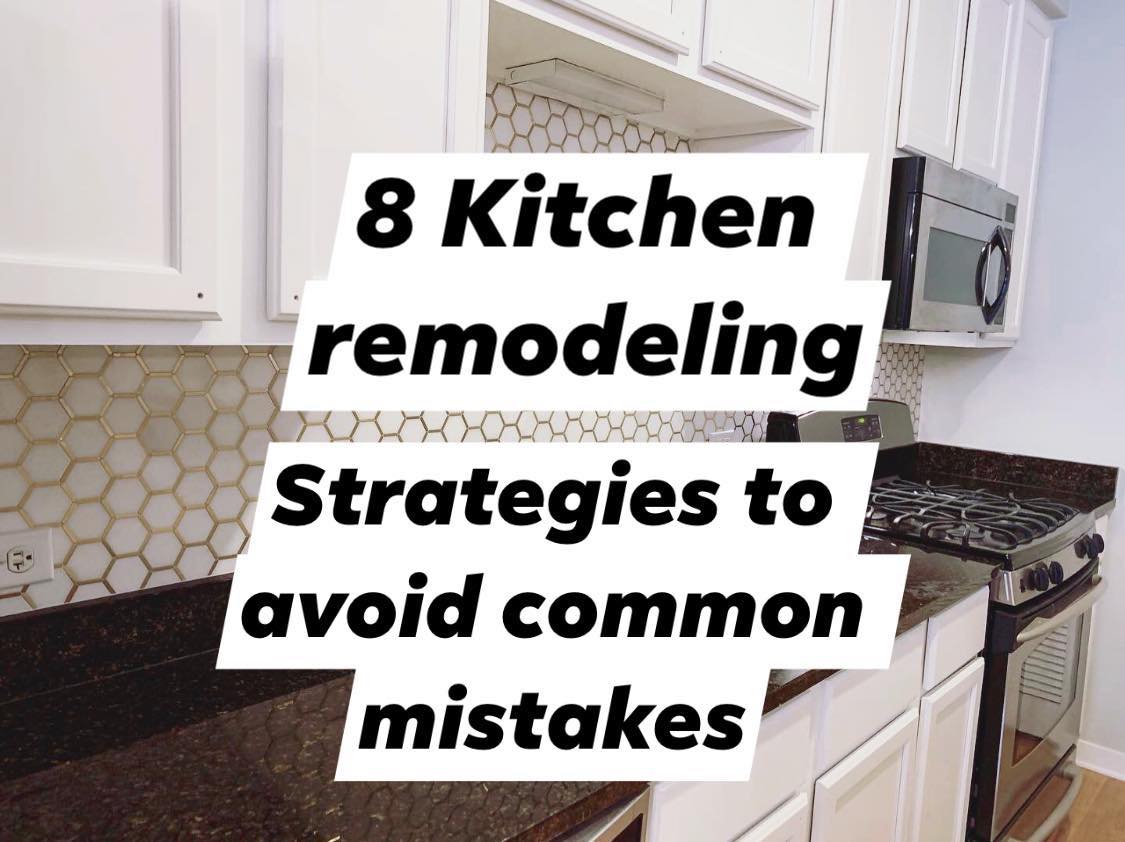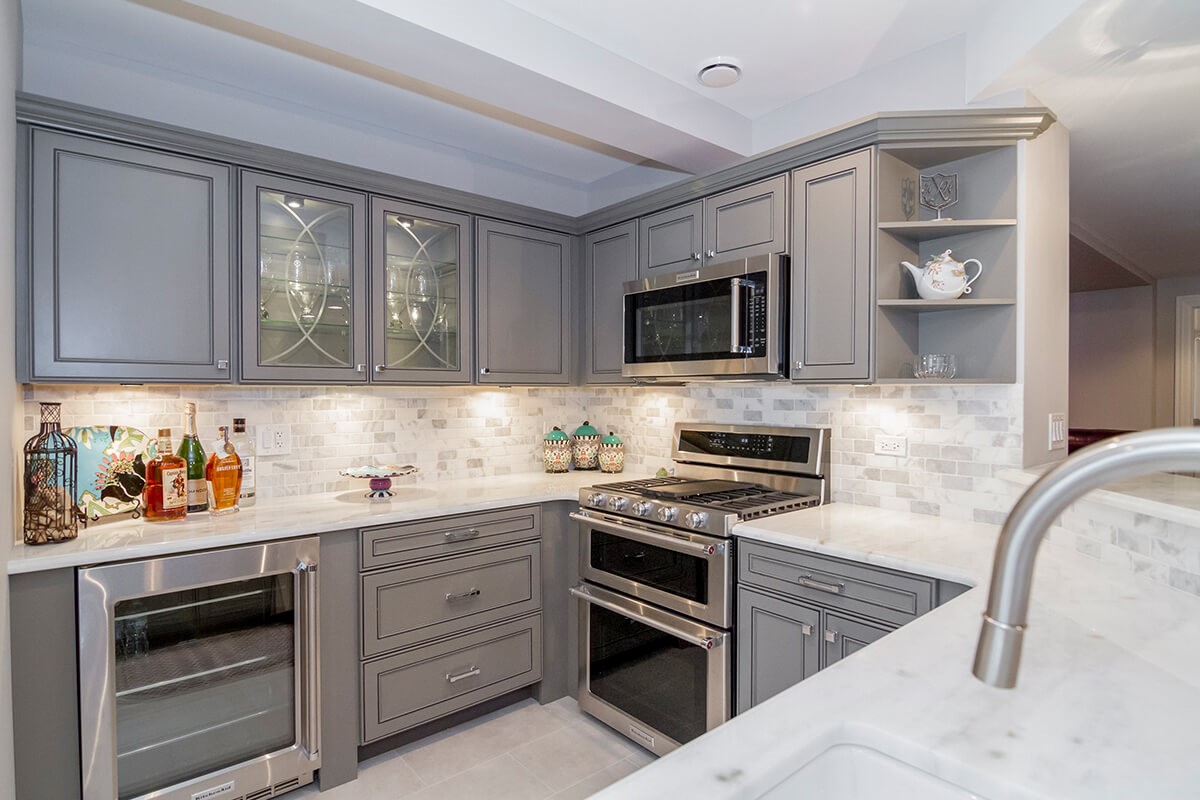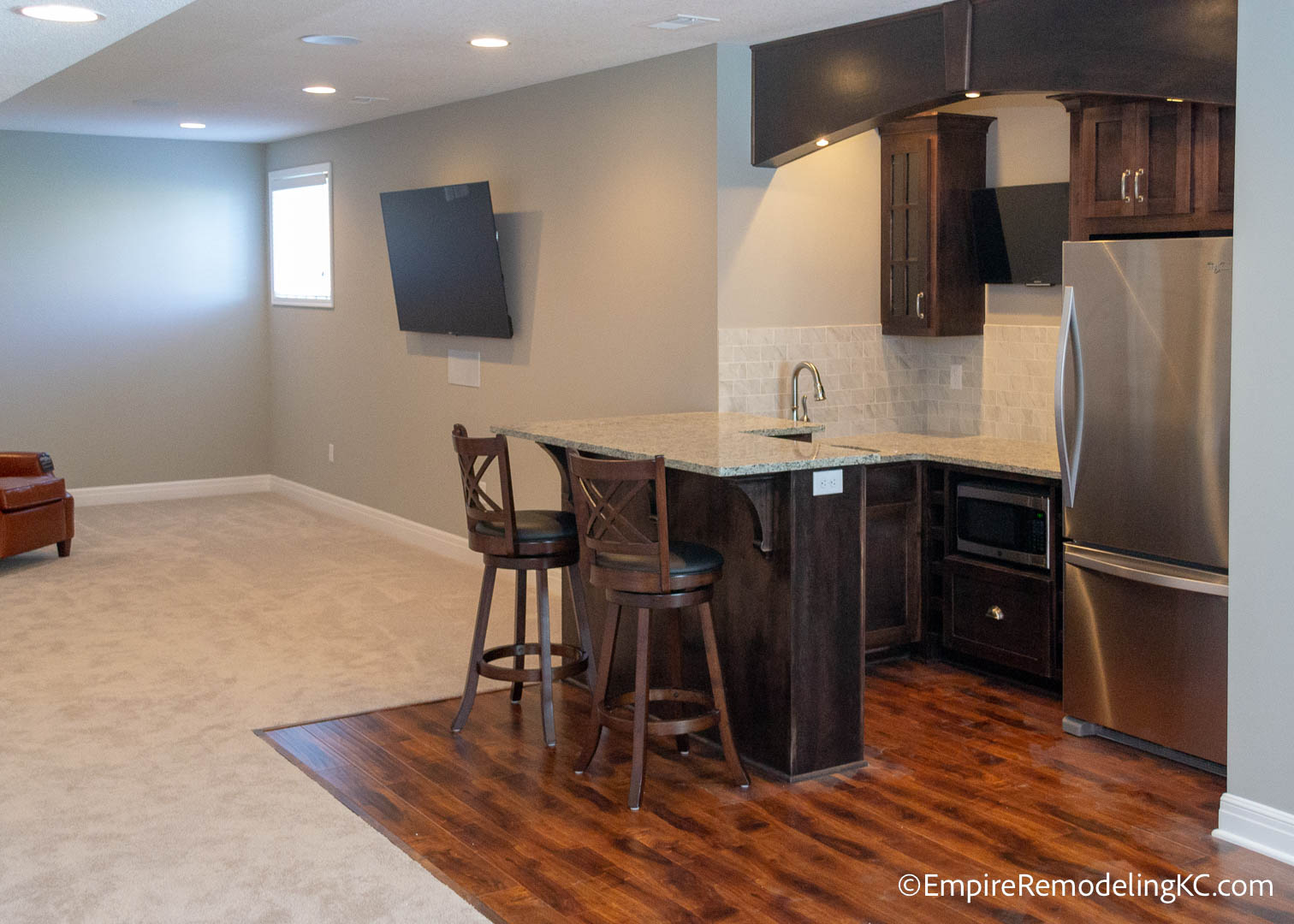1. Adding a Kitchen Sink to Your Basement: What You Need to Know
Adding a kitchen sink to your basement can be a game changer for your home. Not only does it provide convenience and functionality, but it also adds value to your property. However, before jumping into the project, there are a few things you need to know.
Firstly, it's important to consider the plumbing and electrical requirements for your basement. If your basement is already finished, you may need to hire a professional to install the necessary connections. If your basement is unfinished, you have the advantage of being able to plan and install the plumbing and electrical work yourself.
It's also important to check your local building codes and regulations before starting the project. Some areas may require permits for plumbing and electrical work, so it's best to be prepared to avoid any potential issues.
2. How to Install a Basement Kitchen Sink
Installing a kitchen sink in your basement may seem like a daunting task, but with the right tools and knowledge, it can be a straightforward project. Here is a step-by-step guide to help you get started.
Step 1: Plan and measure out the location for your sink. Consider the placement of existing plumbing and electrical connections.
Step 2: Install the sink drain and water supply lines. This may require cutting into existing pipes or installing new ones.
Step 3: Install the sink and secure it in place with brackets or mounting clips.
Step 4: Connect the sink to the drain and water supply lines.
Step 5: Install the faucet and any additional fixtures, such as a garbage disposal or soap dispenser.
Step 6: Test the sink for any leaks and make any necessary adjustments.
3. Basement Kitchen Sink Plumbing: What You Need to Know
Proper plumbing is essential for a functional and efficient basement kitchen sink. Here are some important things to keep in mind when it comes to plumbing in your basement.
Drainage: Make sure your basement has proper drainage to avoid any issues with standing water or flooding. If your basement is below ground level, you may need to install a sump pump to drain excess water.
Ventilation: Proper ventilation is necessary to prevent any foul odors or gases from building up in your basement. This can be achieved through a vent pipe that connects to your main plumbing system.
Water Supply Lines: Consider the distance of your basement kitchen sink from the main water supply. The further the distance, the lower the water pressure may be. You may need to install a booster pump to increase the water pressure.
4. The Benefits of Adding a Kitchen Sink to Your Basement
Adding a kitchen sink to your basement can provide a variety of benefits for your home and lifestyle.
Convenience: Having a kitchen sink in your basement can make tasks like washing dishes or cleaning up after a party much more convenient. You won't have to constantly go up and down stairs to access the main kitchen sink.
Extra Space: If your main kitchen is small, a basement kitchen sink can provide additional workspace for food prep and washing up. It can also free up counter space in your main kitchen.
Flexibility: A basement kitchen sink can provide flexibility for your home. You can use it as a bar sink for entertaining, a pet washing station, or even for cleaning up after DIY projects.
5. DIY Basement Kitchen Sink Installation: Step-by-Step Guide
If you're a handy person and want to save some money, you may consider installing a basement kitchen sink yourself. Here is a step-by-step guide to help you with the process.
Step 1: Gather all necessary tools and materials, including a sink, drain, water supply lines, faucet, and any additional fixtures.
Step 2: Plan and measure out the location for your sink, taking into consideration existing plumbing and electrical connections.
Step 3: Install the sink drain and water supply lines.
Step 4: Install the sink and secure it in place with brackets or mounting clips.
Step 5: Connect the sink to the drain and water supply lines.
Step 6: Install the faucet and any additional fixtures.
Step 7: Test the sink for any leaks and make any necessary adjustments.
6. Choosing the Right Kitchen Sink for Your Basement
When it comes to choosing a kitchen sink for your basement, there are a few factors to consider.
Size: The size of your sink will depend on the space you have available and your specific needs. If you plan on using the sink for food prep, a larger sink may be more suitable.
Material: Kitchen sinks come in a variety of materials, such as stainless steel, porcelain, and granite. Consider the look you want to achieve and the durability of the material.
Number of Basins: Decide if you want a single basin or double basin sink. A single basin may provide more space, while a double basin allows for multitasking.
Style: Choose a sink style that complements your basement and personal taste. Options include undermount, drop-in, and farmhouse sinks.
7. Basement Kitchen Sink Ideas: Inspiration for Your Project
If you're looking for some inspiration for your basement kitchen sink project, here are a few ideas to consider.
Bar Sink: Install a smaller bar sink in your basement for entertaining purposes. It can be used for washing glasses and mixing drinks.
Laundry Sink: A deep laundry sink in your basement can be useful for washing delicates or hand-washing clothes.
Farmhouse Sink: A farmhouse sink can add a touch of charm to your basement kitchen and provide ample space for washing dishes.
Pet Washing Station: If you have pets, a basement kitchen sink can serve as a convenient pet washing station, keeping the mess out of your main kitchen.
8. Common Mistakes to Avoid When Adding a Kitchen Sink to Your Basement
While adding a kitchen sink to your basement can be a great improvement, there are some common mistakes that should be avoided.
Inadequate Drainage: Not having proper drainage can lead to water damage and mold growth. Make sure to plan for proper drainage before installing your sink.
Incorrectly Sized Sink: Make sure to measure your space and choose a sink that fits properly. A sink that is too big or too small can be difficult to install and may not function properly.
Not Following Building Codes: It's important to obtain any necessary permits and follow building codes to ensure a safe and legal installation.
9. How to Add a Kitchen Sink to a Finished Basement
If your basement is already finished, adding a kitchen sink may require some extra planning and preparation.
Step 1: Identify the location for your sink and determine the best method for running plumbing and electrical lines.
Step 2: Cut into the drywall to access the pipes and install new connections as needed.
Step 3: Patch and repair any holes in the drywall and paint to match the existing walls.
Step 4: Follow the steps for DIY basement kitchen sink installation or hire a professional to complete the project for you.
10. The Cost of Adding a Kitchen Sink to Your Basement
The cost of adding a kitchen sink to your basement will depend on various factors, including the size and type of sink, any necessary plumbing and electrical work, and whether you hire a professional or do it yourself.
On average, the cost can range from $500 to $2,500. However, keep in mind that adding a kitchen sink to your basement can increase the value of your property and provide long-term convenience and functionality.
The Benefits of Adding a Kitchen Sink to Your Basement

Maximizing Space and Functionality
 When it comes to house design, every inch of space matters. This is especially true for basements, which are often underutilized and dismissed as simply storage areas. However, with the addition of a kitchen sink, your basement can become a valuable and functional living space. Not only does it provide a convenient place for washing dishes and preparing food, but it also opens up a world of possibilities for hosting gatherings and entertaining guests.
Basement kitchen sinks
come in a variety of sizes and styles, making it easy to find one that fits your specific needs and aesthetic preferences. You can opt for a simple and compact sink for a small basement, or choose a larger one with multiple compartments for a more spacious setup. Whatever your choice may be, adding a kitchen sink to your basement can help maximize the space and functionality of this often overlooked area of your home.
When it comes to house design, every inch of space matters. This is especially true for basements, which are often underutilized and dismissed as simply storage areas. However, with the addition of a kitchen sink, your basement can become a valuable and functional living space. Not only does it provide a convenient place for washing dishes and preparing food, but it also opens up a world of possibilities for hosting gatherings and entertaining guests.
Basement kitchen sinks
come in a variety of sizes and styles, making it easy to find one that fits your specific needs and aesthetic preferences. You can opt for a simple and compact sink for a small basement, or choose a larger one with multiple compartments for a more spacious setup. Whatever your choice may be, adding a kitchen sink to your basement can help maximize the space and functionality of this often overlooked area of your home.
Additional Storage Options
 In addition to providing a designated area for washing and food preparation, a kitchen sink in the basement can also offer additional storage options. Many models come with built-in cabinets or shelves, providing a perfect spot to store extra dishes, pots and pans, and other kitchen essentials. This can help declutter your main kitchen and free up valuable counter and cabinet space.
Moreover, if you have a separate entrance to your basement, you can easily convert it into a rental unit or Airbnb space with the addition of a kitchen sink. This opens up the opportunity for extra income while also providing your guests with the convenience and privacy of a fully equipped kitchen.
In addition to providing a designated area for washing and food preparation, a kitchen sink in the basement can also offer additional storage options. Many models come with built-in cabinets or shelves, providing a perfect spot to store extra dishes, pots and pans, and other kitchen essentials. This can help declutter your main kitchen and free up valuable counter and cabinet space.
Moreover, if you have a separate entrance to your basement, you can easily convert it into a rental unit or Airbnb space with the addition of a kitchen sink. This opens up the opportunity for extra income while also providing your guests with the convenience and privacy of a fully equipped kitchen.
Increase Home Value
 One of the biggest advantages of adding a kitchen sink to your basement is the potential increase in home value. A functional basement with a kitchen sink can be seen as an additional living space, making your home more attractive to potential buyers. It can also increase the overall square footage of your home, which can significantly impact its market value.
In conclusion, adding a kitchen sink to your basement is a practical and smart decision for any homeowner looking to maximize space, increase functionality, and potentially add value to their home. With a wide range of options available, it's easy to find a
basement kitchen sink
that fits your needs and budget. So why not transform your underutilized basement into a valuable and functional living space with the addition of a kitchen sink?
One of the biggest advantages of adding a kitchen sink to your basement is the potential increase in home value. A functional basement with a kitchen sink can be seen as an additional living space, making your home more attractive to potential buyers. It can also increase the overall square footage of your home, which can significantly impact its market value.
In conclusion, adding a kitchen sink to your basement is a practical and smart decision for any homeowner looking to maximize space, increase functionality, and potentially add value to their home. With a wide range of options available, it's easy to find a
basement kitchen sink
that fits your needs and budget. So why not transform your underutilized basement into a valuable and functional living space with the addition of a kitchen sink?








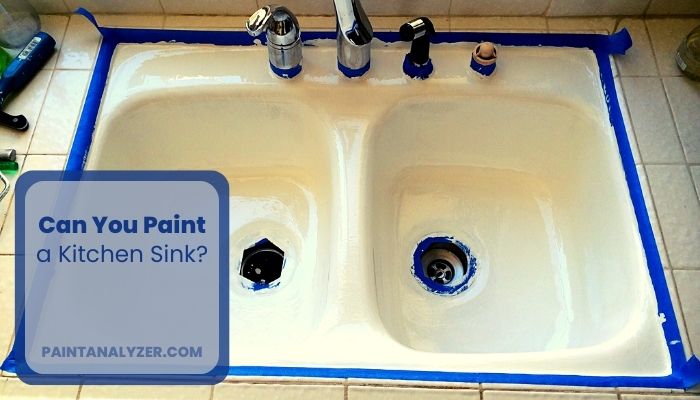













/how-to-install-a-sink-drain-2718789-hero-24e898006ed94c9593a2a268b57989a3.jpg)








